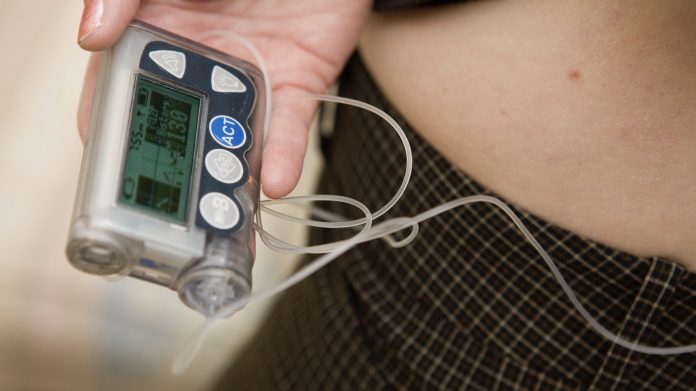Transcript:
People who live with diabetes must carefully monitor and manage their blood glucose levels. But that can be difficult during extreme weather.
Graffeo: “There are so many factors that can affect our blood sugar levels, and some big ones are stress, lack of sleep, and not following a normal schedule. And that’s something that happens when there’s an extreme weather disaster.”
Karen Graffeo of the nonprofit DiabetesSisters has type 1 diabetes. She’s on an insulin pump and wears a continuous glucose monitor, so she says power outages can be scary.
Graffeo: “My iPhone runs my insulin pump and my continuous glucose monitor, so I need to be sure I have ways to keep it charged if we’re cut off from power for a few days.”
And her insulin needs to stay cold. So during power outages, she’s relied on a neighbor with a generator to refrigerate it.
For Graffeo and others living with diabetes, it’s critical to plan ahead for extreme weather.
To help, her nonprofit and others offer preparedness checklists.
Graffeo: “Don’t get caught off-guard. If you have even a wisp of a warning that something could be coming, act as if it’s a definite, because you can never over-prepare when you live with diabetes.”
Reporting credit: ChavoBart Digital Media






